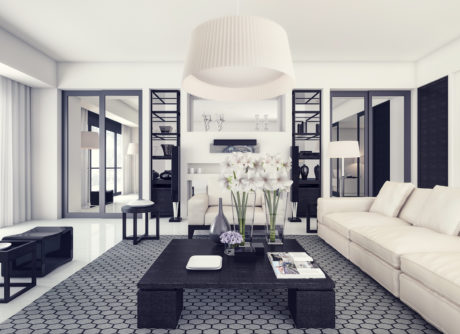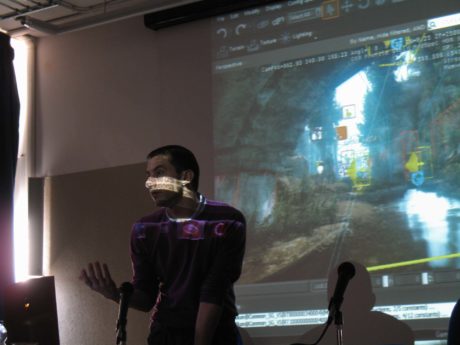|
Lecture 1: 3D MODELING |
|
00:05:00 |
|
Introduction to constructive modeling technique. Combination of low-poly and high-poly modeling. Approaches and tools to achieve photorealism in a 3D model. Hard edges, chamfer, attention to detail, irregularity. |
|
Lecture 2: CAMERA SETTINGS |
|
00:08:00 |
|
Working with V-Ray physical camera. Importance of the camera position for the composition of the render. Golden ratio. Focal points. Camera settings and workflow with different viewports. |
|
Lecture 3: GLOBAL ILLUMINATION |
|
00:21:00 |
|
Choosing the mood of the scene and defining lighting scenarios. Contrasts, illuminance, reflections and refractions, shadows and highlights. Dome light parameters. Test renderings: light cache and irradiance map. HDRI material to V-Ray light. Environment effects. |
|
Lecture 4: MATERIALS AND TEXTURES |
|
00:46:00 |
|
Approach to complex materials creation: water, wood, glass, concrete. Falloff. Reflections. Refractions (IOR). Translucency. Bump. Multitexture. V-Ray Color. Highlight glossiness. V-Ray light material. V-Ray dirt. V-Ray blend material. |
|
Lecture 5: LIGHTING |
|
00:28:00 |
|
General workflow to set lighting in the 3D scene in order to achieve photorealism. V-Ray exposure control. Light intensity multiplier. Light temperature. Indirect illumination. V-Ray lights. Photometric lights. |
|
Lecture 6: VEGETATION |
|
00:09:00 |
|
Working with the Multiscatter plugin for 3ds Max: scale, size, rotation and position of 3d plants. Achieving variability and photorealism with grass and trees.
|
|
Lecture 7: RENDERING |
|
00:08:00 |
|
Render set up. Gamma correction. Image sampler. Render elements. |
|
Lecture 8: POST-PRODUCTION |
|
00:09:00 |
|
The workflow in Photoshop. Using wire color render elements. Adjustment layers. Curves. Color balance. Multiply and Screen blend. |




